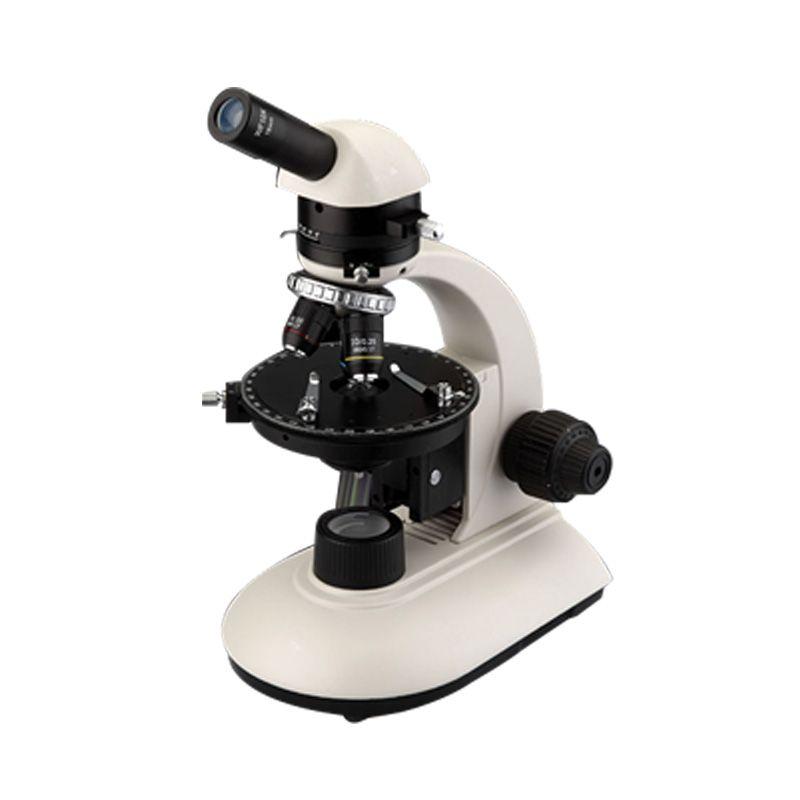What Are the Applications of Polarizing Microscopes?

Polarizing microscopes have a wide range of applications across various fields:
Geology
l Mineral Identification: Identifying minerals based on their unique optical properties, such as color, birefringence, and interference figures.
l Rock Texture Analysis: Studying the texture and fabric of rocks, which can provide information about their formation and history.
Materials Science
l Polymer Analysis: Examining the microstructure of polymers, including crystallinity, orientation, and defects.
l Fiber Analysis: Analyzing the properties of fibers, such as cotton, wool, and synthetic fibers.
Chemistry
l Crystallography: Studying the structure and properties of crystals.
l Organic Chemistry: Analyzing organic compounds, such as pharmaceuticals and dyes.
Biology
l Tissue Analysis: Examining the structure of tissues, such as muscle, bone, and nerve tissue.
l Cell Biology: Studying the structure and function of cells, particularly their cytoskeleton and organelles.
Pharmaceutical Science
l Drug Formulation: Analyzing the crystal structure and polymorphism of drugs.
l Quality Control: Ensuring the quality and purity of pharmaceutical products.
- Art
- Causes
- Crafts
- Dance
- Drinks
- Film
- Fitness
- Food
- Oyunlar
- Gardening
- Health
- Home
- Literature
- Music
- Networking
- Other
- Party
- Religion
- Shopping
- Sports
- Theater
- Wellness


